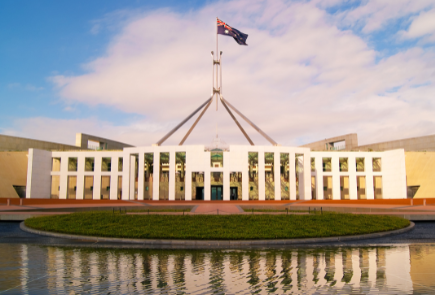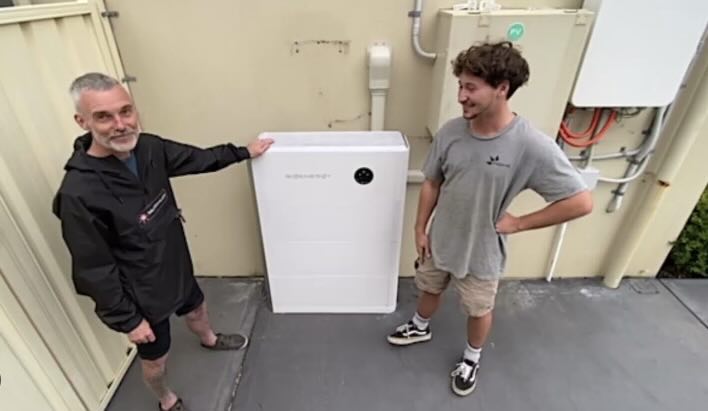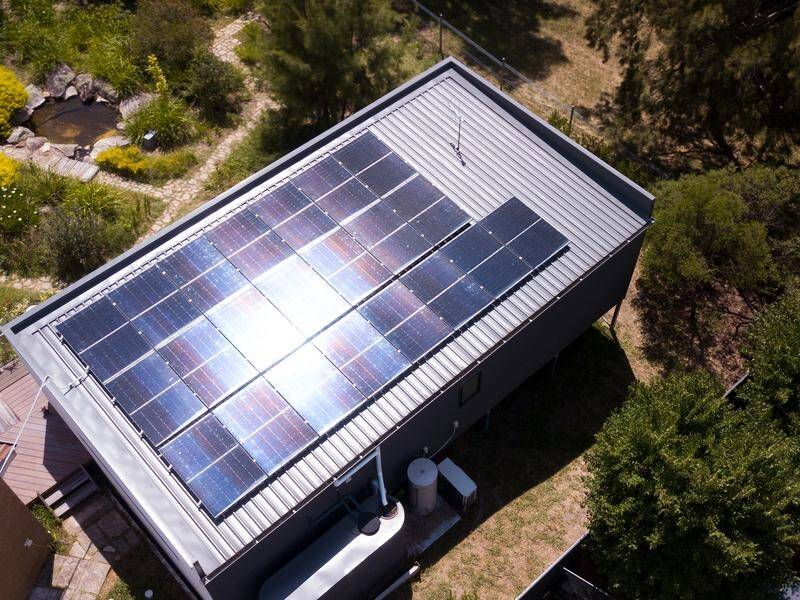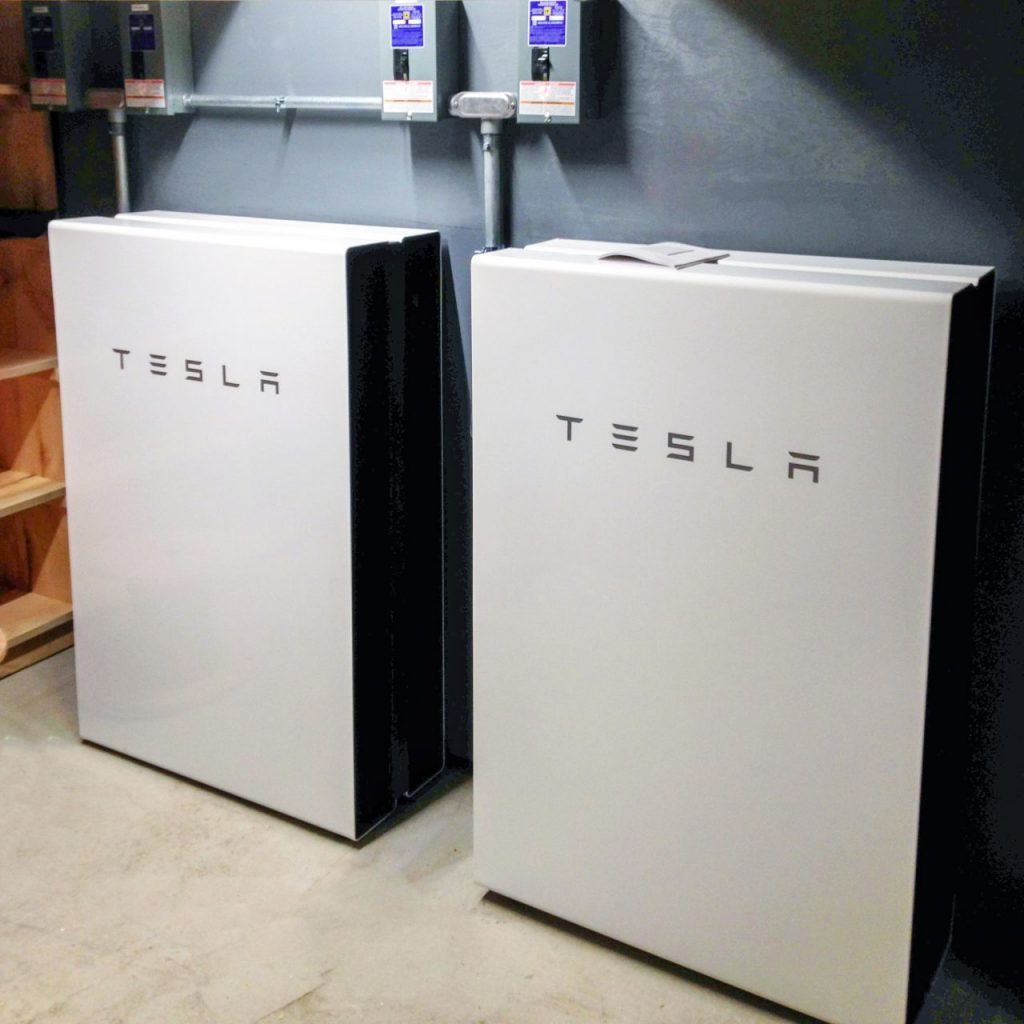
The solar rebate remains a cornerstone of Australia’s renewable energy strategy, yet the landscape of solar rebates in 2025 prompts questions about affordability, uptake, and future trends. This post explores the current state of solar rebates, their changes from 2024, projections for 2026, installation trends, market saturation, and government priorities, offering clarity for homeowners considering solar.
Solar Rebates in Australia for 2025
In 2025, solar rebates primarily flow through the federal Small-scale Renewable Energy Scheme (SRES), which provides Small-scale Technology Certificates (STCs). These certificates, valued at approximately $36–$40 each, offset installation costs for systems up to 100kW. For instance, a 6.6kW system in Melbourne generates around 80–85 STCs, equating to a $2,000–$2,200 discount, while a 9kW system in Sydney yields about $2,800. Additionally, state-based incentives enhance affordability. Victoria’s Solar Homes Program offers up to $1,400 for solar panels, plus interest-free loans of $1,400. New South Wales provides $1,600–$2,400 for battery installations under the Peak Demand Reduction Scheme (PDRS), launched November 2024. Western Australia introduces a $7,500 battery rebate from July 2025, complementing federal STCs.
Moreover, the Australian Capital Territory’s Sustainable Household Scheme delivers zero-interest loans up to $15,000 for solar and batteries. South Australia and the Northern Territory rely on federal STCs, with no state-specific rebates, though feed-in tariffs range from 3–12 cents per kWh. Thus, rebates significantly reduce upfront costs, making solar accessible across diverse regions.

Comparison with 2024 and Outlook for 2026
Compared to 2024, 2025 rebates reflect a gradual reduction under the SRES, which decreases annually by one-fifteenth until 2030. For a 6.6kW system, the STC value dropped by approximately $500 from 2024 (e.g., $2,500 in 2024 to $2,000 in 2025 in Victoria). This aligns with the scheme’s phase-out plan, as solar panel prices have fallen, reducing the need for large subsidies. State programs, however, remain robust, with Victoria and NSW maintaining or expanding incentives, particularly for batteries.
Looking ahead to 2026, the SRES will see another reduction, likely lowering STC values by 7–8% (e.g., a 6.6kW system might yield $1,800–$1,900). Consequently, installing in 2025 maximizes savings before further cuts. State incentives may persist, but programs like Queensland’s Battery Booster ended in 2024. Therefore, acting sooner ensures higher financial benefits.
Solar Uptake in 2025
By mid-2025, Australia boasts over 4 million rooftop solar installations, with 2024 seeing 300,000 new systems added, a trend continuing into 2025. Uptake remains above the historical average of 250,000 annual installations, driven by rising electricity prices (up 20% in NSW and Queensland since 2023) and government incentives. Victoria leads with 787,000 systems, followed by Queensland and NSW. However, growth has slowed slightly from the 2020–2022 boom, indicating a maturing market.
Despite robust uptake, demand persists. Surveys from Solar Choice indicate 15–20% of Australian households plan to install solar within two years, citing bill savings and environmental benefits. Thus, while adoption is strong, the market shows no signs of stalling.

Saturation Point for Solar Panels?
With 30% of Australian households equipped with solar—the highest global uptake—questions arise about market saturation. In urban areas like Adelaide and Brisbane, penetration exceeds 40%, yet rural and regional areas, particularly in Tasmania and the Northern Territory, lag below 20%. Additionally, aging systems (10+ years old) drive replacement demand, as newer panels offer greater efficiency. For example, Victoria’s Solar Homes Program supports upgrades for systems installed before 2015.
Furthermore, apartment buildings and rentals, comprising 25% of housing, remain underserved due to installation barriers. Programs like Victoria’s Solar for Apartments ($2,800 per unit) aim to bridge this gap. Consequently, saturation is unlikely in the near term, as untapped segments and upgrades sustain demand.
Government Support: Solar vs. Battery Storage
While solar panel rebates continue, government focus increasingly shifts toward battery storage and energy independence. In 2025, federal STCs support solar, but state programs prioritise batteries. NSW’s PDRS offers $1,600–$2,400 for battery installations, with extra incentives ($250–$400) for Virtual Power Plant (VPP) connections. Western Australia’s $387 million Residential Battery Scheme, launching July 2025, underscores this trend, offering up to $7,500 for batteries. Victoria provides $2,950 battery rebates and $8,800 interest-free loans.
This shift reflects solar’s daytime abundance, which has lowered feed-in tariffs (e.g., 0.04 cents/kWh in Victoria for 2025–26). Batteries enable nighttime use, reducing grid reliance and stabilizing networks. However, solar rebates remain critical, as panels are the foundation for battery systems. Thus, governments balance both technologies to meet net-zero goals (e.g., NSW’s 70% emissions cut by 2035).

What This Means for Homeowners
For Australians considering solar in 2025, rebates make it a smart investment. A 6.6kW system, costing $4,500–$9,000 after rebates, typically pays back in 4–6 years, factoring in savings and feed-in tariffs. However, with STC values dropping annually, delaying installation reduces savings. Additionally, battery incentives enhance long-term benefits, especially as electricity prices rise.
Final Thoughts
In 2025, Australia’s solar rebates, though slightly reduced from 2024, continue to drive adoption, with over 4 million systems installed. Uptake exceeds historical averages, and saturation remains distant due to untapped markets and replacements. While solar support persists, governments increasingly prioritise battery storage to maximize energy independence. By leveraging 2025’s incentives, homeowners can secure savings and contribute to a greener future.